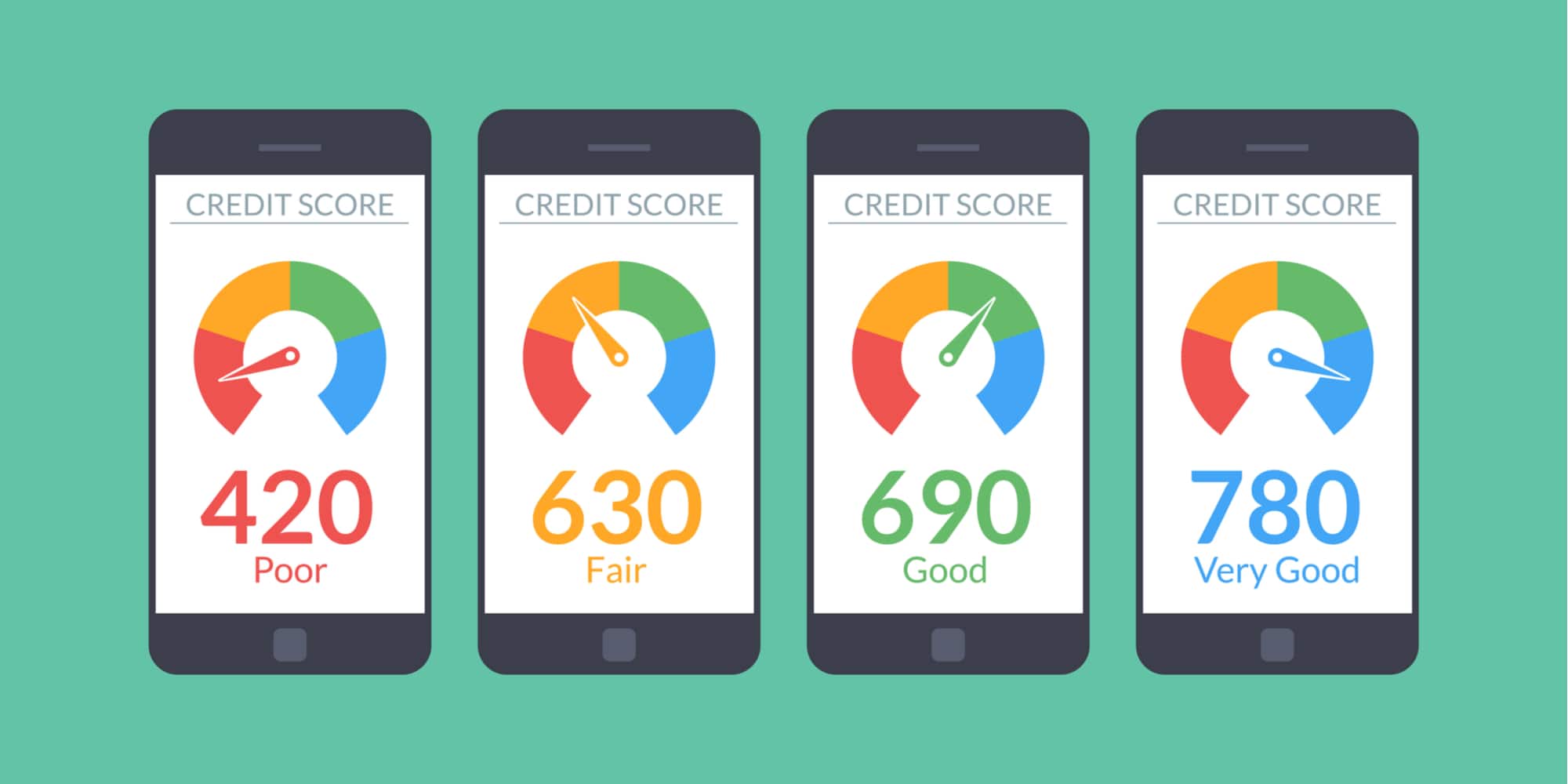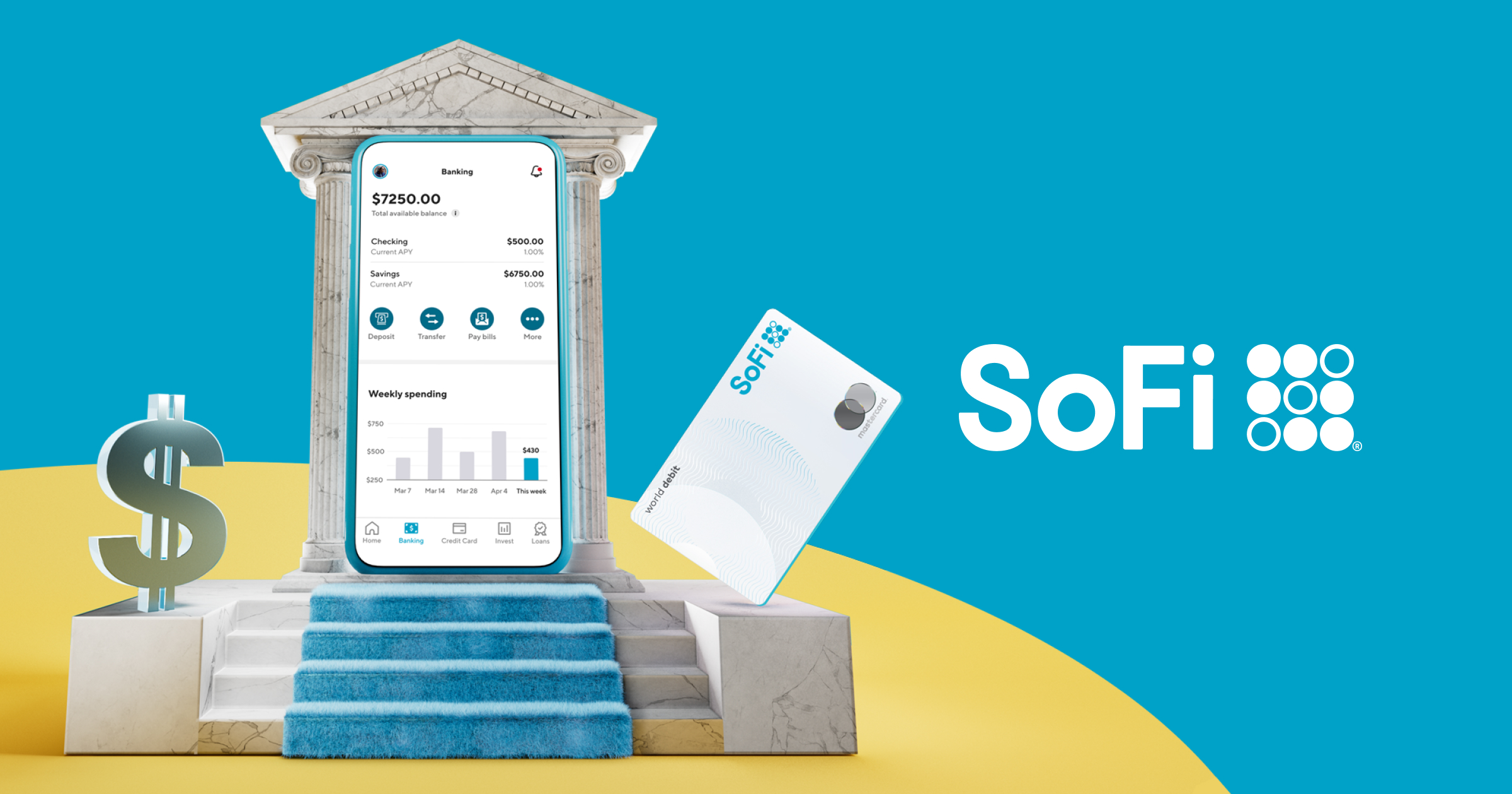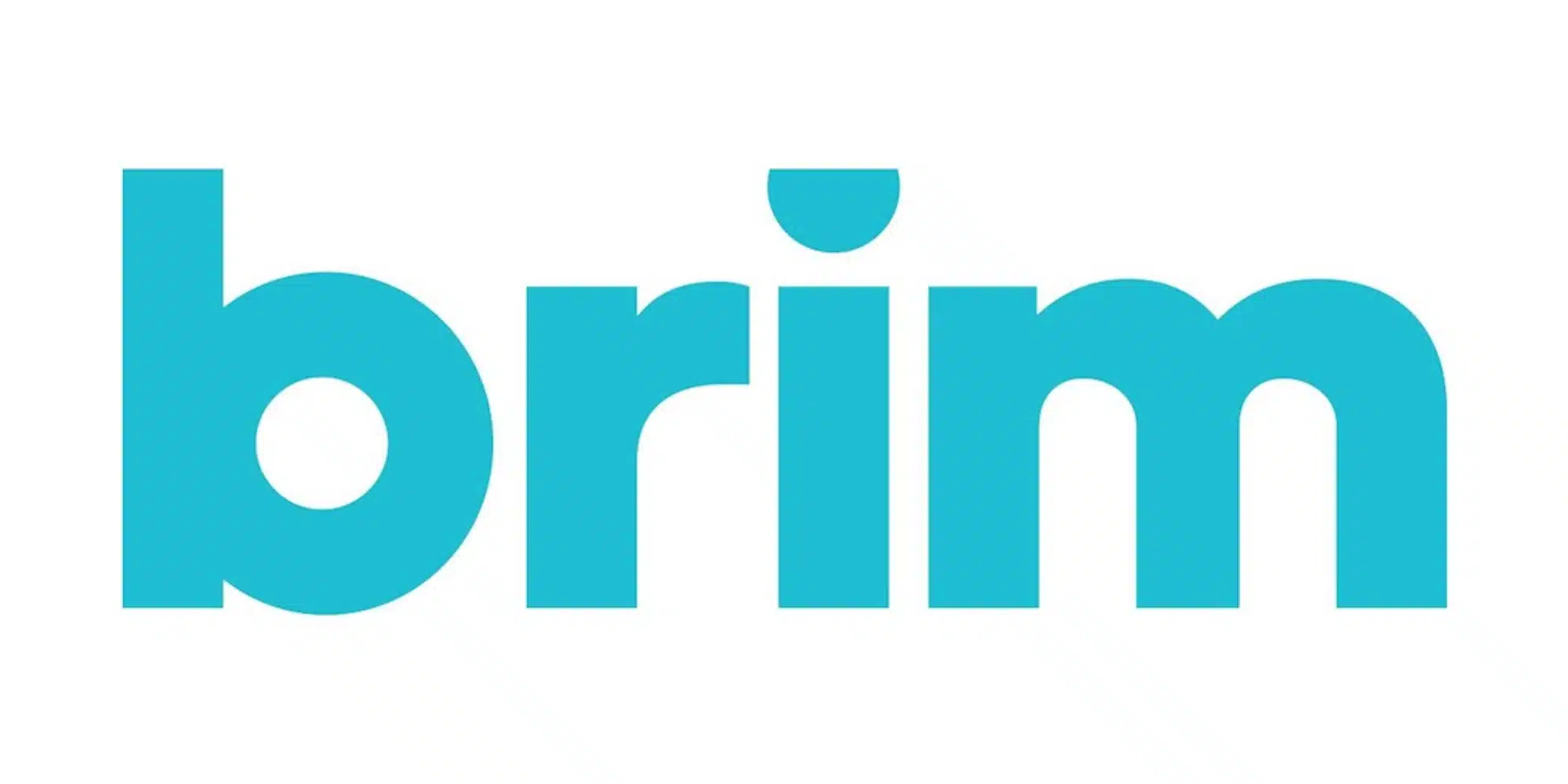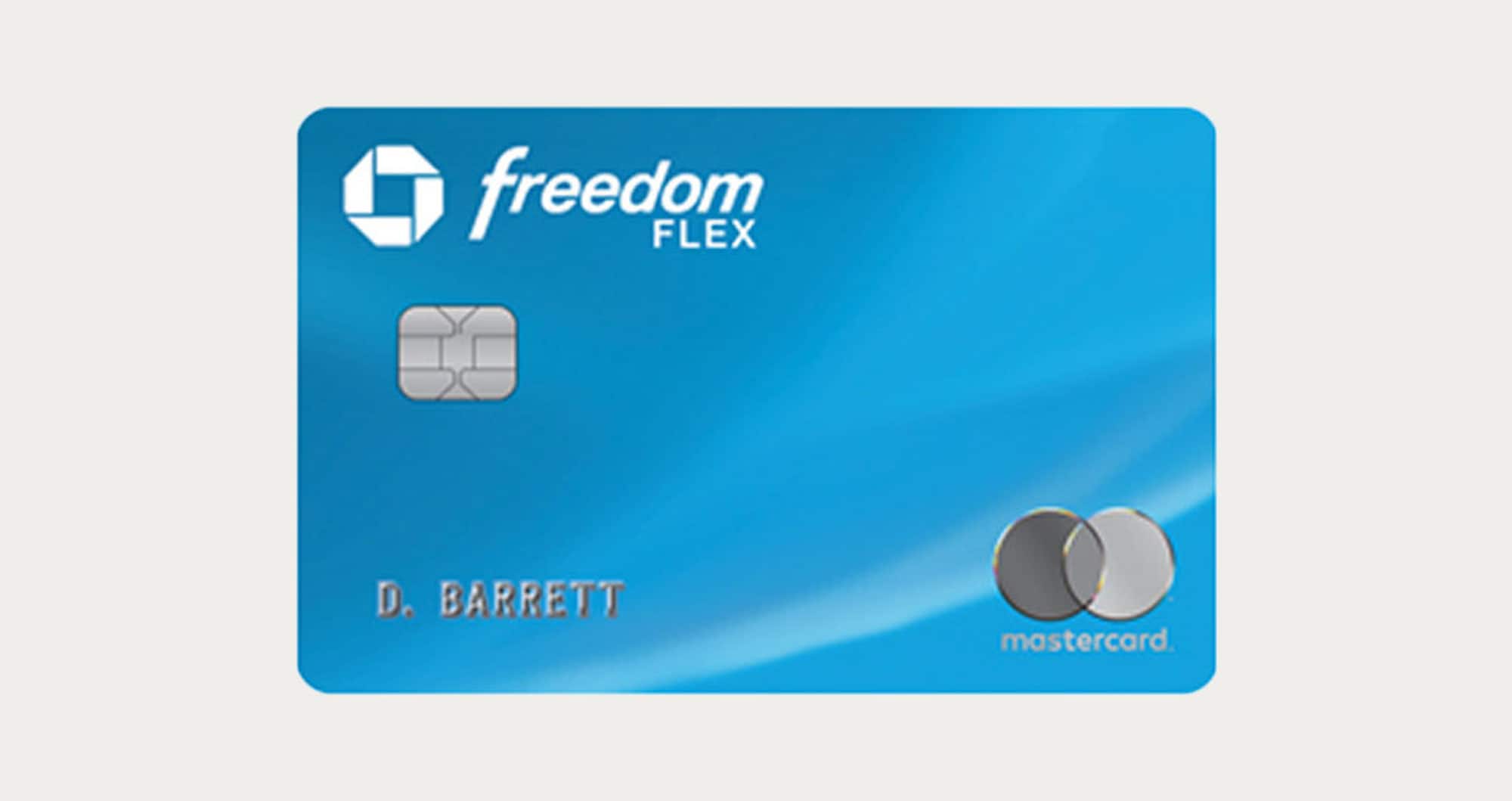
Credit Card Tips
Money at 30: How to Create a Portfolio of Rewards Cards
“Opinions, reviews, analyses & recommendations are the author’s alone, and have not been reviewed, endorsed or approved by any of these entities.”
When I was in my early 20s, I made the classic mistake of getting a credit card and using it as though the things I was buying with it were free. Naturally, this caught up with me and, once I finally paid down the balance, I swore off credit cards for nearly a decade. However, once my credit rebounded and I learned to manage my money responsibly, I found that rewards credit cards could be, well, rewarding! Since then, I’ve started to build out a portfolio of cards meant to help me maximize rewards with every purchase — while providing a few other perks as well.
So where do you start with building a rewards card portfolio and what should you look out for? Let’s take a look at a few steps to take, things to consider, and plenty of examples worth checking out.
5 Steps for Creating Your Rewards Card Portfolio
Cover your top spending categories

One of the best ways to get started with credit card rewards is to find a card that features enhanced earning on spending categories you’ll use the most. Some popular examples include dining, groceries, gas, travel, etc. For cards without annual fees, 3x categories are common while cards with annual fees might offer 4x, 5x, or higher on select spending categories.
Honestly, listing out some of the best cards for some common categories would take forever. Luckily, though, I’ve previously made guides on some of the best cards for:
- “Summer Fun” (Travel, Entertainment, and More)
- Home Improvement and Spring Cleaning Projects
- Gasoline
- Holiday Shopping
- Cash Back Credit Cards
- No Annual Fee Credit Cards
- Travel Credit Cards
- Annual Fee Cards That Are Worth It
- “No Foreign Transaction Fee” Credit Cards
- Issuer Spotlight: American Express
With that said, one card that seems to come up again and again is the Capital One SavorOne. What I like about this card is that it 1) has no annual fee 2) offers 3 points per dollar spent on dining, entertainment, groceries, or select streaming services, and 3) charges no foreign transaction fees. Because of this, I think it’s a well-rounded beginner card — and one my wife and I still use often as part of our personal card rewards strategy.
Start with 2% Back
Sure it’s easy to be wooed by enhanced rewards in specific categories but a card that offers a flat return across all spending can be another powerful tool in your wallet — even if it’s not quite as “sexy.” In most cases, cards that offer category multipliers reward all other purchases at a rate of 1 cent/point/mile per dollar spent. However, there’s now a growing number of cards that can help you raise your base reward to 2x. In other words, when no other card in your portfolio offers anything better, a 2% back card can be your go-to in your quest to maximize every purchase.
As I mentioned, the list of 2x cards has been expanding in recent years. Yet, while each effectively results in a 2% return on spend, there’s some nuance in how each of these options actually works. For example, the ever-popular Citi Double Cash Card actually gives you 1% back when you make a purchase and another 1% back when you pay it off (which should be every month, if you’re gaming right, so there’s not too much difference here).
Meanwhile, the SoFi Credit Card earns 2x points per dollar spent, but those points are only worth their full amount when redeemed for deposits into your SoFi banking/brokerage accounts or toward a SoFi loan payment — otherwise, the value is cut in half, giving you a 1% return. Then, the more-recent Wells Fargo Active Cash Card seems to offer 2% cash back straight-up. There’s also the Capital One Venture card and its 2x miles on every purchase, ditto the Venture X that also adds some travel perks to the mix. And finally, for what it’s worth, the Apple Card also gives you 2% back… but only for purchases made using Apple Pay.
So can you do better than a 2% base? Well, that depends. While some cards offering 3% on everything have been tried, it doesn’t seem to be a sustainable model. That said, one interesting option is the U.S Bank Altitude Reserve card, which does actually have a 1x base but features 3x on purchases made using mobile wallets, such as Apple Pay, Samsung Pay, and Google Pay. Thus, with acceptance of such payment types growing, you could effectively raise your rewards floor to 3% with this card (mind you, there is a $400 annual fee along with some credits to offset said fee).
Elsewhere, Bank of America offers a program where Bank of America Preferred Rewards customers can earn a bonus of up to 75% on credit card rewards. Long story short, those who qualify for the Platinum Honors level and have the Unlimited Cash Rewards can earn 2.62% back on every purchase instead of the base 1.5% back the card earns by default. Unfortunately, in order to qualify for that level, you’ll need to have a three-month combined daily average of at least $100,000 between your qualifying Bank of America deposit and/or Merrill investment.
The bottom line is that, although they might not be as exciting as some other options, having a solid base card for all of your “non-category” purchases is key. In fact, if you’re just getting started, you might even consider picking up one of these types of cards first before filling out the rest of your portfolio — but it’s really up to you.
Add some rotation to the card mix

In addition to flat-rate cards and category multiplier cards, there is a third main type of rewards credit card: one with rotating categories. With these cards, every quarter or so, you may be able to take advantage of extra enhanced rewards on special categories. Since these bonus categories often top what any of your other cards are likely to offer, having a rotating category card or two in the mix can be beneficial.
A key example of this type of card is the Discover It card, which offers 1% on most purchases but also features 5% back on quarterly rotating categories (up to $1,500 in spending per quarter — and you’ll need to activate this bonus each quarter). Similarly, the Chase Freedom Flex also had 5% rotating quarterly categories, also capped at $1,500 in spend per quarter.
I should also mention a growing trend that kind of fits into this category and that is cards that adjust reward categories monthly. For example, the Venmo Credit Card automatically rewards cardholders with 3% back on purchases in their largest eligible purchase category each statement cycle, 2% back on their second-largest spending category, and 1% back on the rest. Elsewhere, the Citi Custom Cash card earns 5% back (up to $500 in spend per billing cycle) on purchases in your top eligible spending category each month. While these cards aren’t exactly the same as rotating category cards, either — or both — could be used to further boost your rewards earnings.
Look at additional perks
Stepping outside of rewards in the strictest sense, let’s talk about some of the other benefits that credit cards can bring. From purchase protection to credits to lounge access and beyond, there may be more to your card than just points, miles, or cash back. In turn, you may decide to add a card to your wallet for reasons beyond what it earns on purchases.
Perhaps the best example of this is the American Express Platinum card. With its hefty $695 annual fee, the card does have some good multipliers, including 5x on flights booked directly with the airline or via Amex Travel and 5x on hotel stays booked via Amex Travel. Yet, the value of the card comes from the various credits it offers (Uber, Saks Fifth Avenue, airline incidentals, and more) as well as the airport lounge access included for cardholders. Meanwhile, other travel cards, such as the Chase Sapphire Reserve and Capital One Venture X have similar benefits. Plus, hotel and airline co-branded cards may feature such perks as free nights, elite status, priority board, free bags, companion tickets, etc.
Ultimately, when searching for new cards, be sure to pay attention to all that it has to offer instead of focusing solely on the multipliers.
Bonus hunting

Once you have your rewards strategy in place and all of the additional perks you could possibly want, you might consider looking for cards not for their long term appeal, per se, but instead focusing on the bonuses they offer. As I’m sure you’re aware, in order to entice new cardholders, issuers regularly offer sizable bonuses. More often than not, this will take the form of “Earn X points/miles when you spend $X within your first three months.”
Notably, however, some issuers have been experimenting with different formats, such as offering longer timelines or utilizing tiered bonuses where you can earn larger rewards if you hit greater targets but will still get a consolation prize of sorts if you fall short. Which style you ultimately prefer will vary depending on your regular spending, what set-up you already have, etc.
Some ground rules when it comes to bonus hunting: 1) It’s typically advised that you hold onto any card you get for at least a year. Furthermore, if the card has an annual fee, it’s usually better to let that fee hit and then call to cancel rather than trying to beat the clock. Failure to do so may result in you getting blacklisted by issuers or even seeing your bonuses revoked. This brings us to point 2) you may not need to cancel — you might be able to downgrade instead. Since closing a card can have credit implications, it’s often better to downgrade your card into a no-annual-fee one instead of closing your account outright. The minor downside here is that you might not be eligible for the bonus on that lower-level card in the future, but this is probably a small price to pay considering you’ll be avoiding an annual fee. And 3)… well, we’ll talk more about three in the next section (hint: remember the numbers “5/24”).
Personally, while I did convince my wife to apply for the Chase Sapphire Preferred mostly just for the (then) 100k bonus, I have yet to enter the bonus hunting stage in earnest. This likely comes from not wanting to deal with the hassle of managing so many accounts or needing to call to downgrade. But, if you don’t mind putting in a little work, this practice can definitely be lucrative on top of your already-awesome card portfolio strategy.
Click to see all of the best rewards credit cards with the latest offers.
Other Considerations to Make When Building Your Rewards Card Portfolio
Cash, points, or miles?
One of the biggest debates among credit card customers is whether cashback cards are better than ones that earn points and miles instead. For Team Cashback, the appeals are the transparent exchange rate, ease of use, and practicality. On the other hand, Team Points and Miles enjoy finding ways to turn their single point into up to 10¢ in value (as opposed to the standard 1¢) and further take advantage of specials offered by travel transfer partners. And we won’t even mention the wave of crypto cards hitting the market!
So which path is better? Honestly, that’s up to you. Personally, my wife and I run a hybrid set-up that’s partially cashback and partially points. On that note, if you do end up going the point route, be sure to research potential redemption rates. For example, while you may be able to score good deals by transferring Amex Membership Rewards points out to travel partners, cashing them in for statement credits will yield you a paltry 0.6¢ per point — whereas Chase’s Ultimate Rewards cash out at 1¢ each, offering you a better floor is you don’t want to bother transferring them out. If that sentence alone made your head hurt, then perhaps sticking to cashback is better for now.
Ecosystem

For as much as I like my hybrid setup, diversification can actually be a downside when it comes to credit card rewards. That’s because some cards may have minimum redemption amounts that can be hard to reach if you’re using so many cards. Similarly, while point currencies such as those from Amex and Chase do have some overlapping transfer partners, what happens if you want to book a flight that’s only featured on one and you don’t have enough points in that account to cover it? To avoid these situations, it may be better to pick one card “ecosystem” or currency and stick with it — or at least have a solid plan for each.
“5/24” etc.
No, not 0.20833333333. In this case, 5/24 refers to Chase’s unofficial rule that reportedly auto denies card applicants if they’ve added more than five credit cards to their wallet within the past 24 months — regardless of which issuer these cards came from. Of course, while 5/24 may be the most famous (or infamous) example of banks looking to crack down on card gamers, there are other examples of issuers being a bit pickier when it comes to applications. Thus, even if you have stellar credit, be aware that these restrictions might prevent you from getting the card you want — so choose carefully.
Annual fees
Last but definitely not least, let’s talk a bit more about annual fees. If you’re like the old version of me, the idea of paying for a credit card may seem silly on its face. Yet, as I’ve come to learn, there are cards that make these upfront expenses worth it. Nevertheless, since these fees are typically paid on your first statement, you might not have a chance to experience all of the benefits of a card before shelling out for it. Plus, even if you are getting positive value from multiple annual fee cards, paying out of pocket for all of them can be challenging. Therefore, while annual fee cards can be powerful in your wallet, just be mindful of your total annual expense and perhaps try your best to stagger your renewal dates.
Final Thoughts On Building Your Ideal Credit Card Mix
When used responsibly — including paying off your full balance each month — rewards credit cards can provide value to you. Whether it’s cashback that can directly be used to offset your purchases or points/miles that can be redeemed for free travel, rewards can definitely be beneficial. Furthermore, by building a card portfolio that covers all of your bases, you’ll be able to maximize these perks for an even bigger return. That said, there are plenty of considerations to make along the way. But, by taking it slow, and doing your research, you can build a rewards card portfolio that fits your needs and keeps you rolling in cashback (or points).
“Fioney has partnered with CardRatings for our coverage of credit card products. Fioney.com and CardRatings may receive a commission from card issuers.” (Note: advertising relationships do not have any influence on editorial content. Advertising compensation allows Fioney.com to provide quality content for free. All editorial opinions are those of the individual author and/or Fioney staff.)








